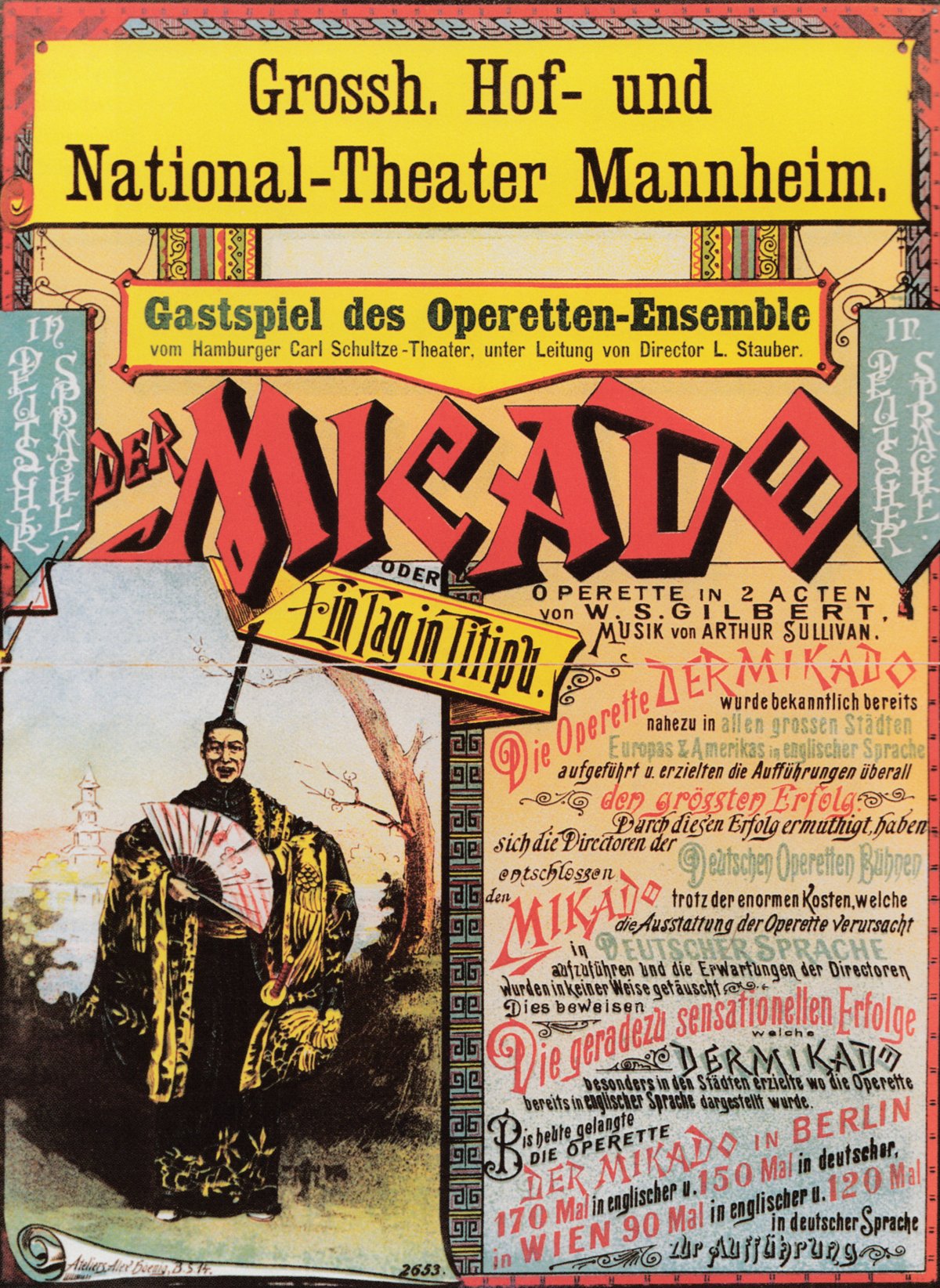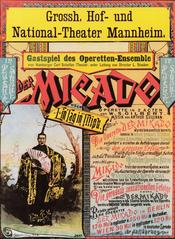
Carl-Schultze-Theater Hamburg: Visiting Hours, Tickets, and Historical Significance
Date: 15/06/2025
Introduction
Nestled in Hamburg’s vibrant St. Pauli district, the Carl-Schultze-Theater holds a special place in the city’s theatrical and cultural legacy. Though the original building no longer stands, its impact on Hamburg’s performing arts scene endures. This comprehensive guide explores the theater’s historical significance, key milestones, visiting information, accessibility, and suggestions for making the most of a cultural visit to the area.
Table of Contents
- Introduction
- Historical Overview
- Visiting the Former Theater Site
- Special Events and Photo Opportunities
- Preservation and Archival Resources
- Frequently Asked Questions (FAQ)
- Practical Summary and Recommendations
- Sources
Historical Overview
Founding and Early Years
The Carl-Schultze-Theater was established in the late 19th century by Carl Schultze, a key figure in Hamburg’s entertainment industry (Deutsche Digitale Bibliothek). His vision was to create a venue dedicated to operettas and musical comedies, catering to the tastes of the city’s growing middle class. The theater quickly became a cultural hub, celebrated for its lively productions and accessible atmosphere.
Artistic Milestones and Notable Productions
Famed for operettas like “Bummelstudenten” and works by Jean Gilbert such as “Autoliebchen” and “Puppchen,” the Carl-Schultze-Theater attracted top performers including Tilly Feiner, Ferry Körner, and Franz Felix (Internet Archive). The theater’s repertoire evolved with the times, incorporating musical comedies, dance performances, and even early film screenings, reflecting the dynamic nature of Hamburg’s entertainment industry (Deutsche Digitale Bibliothek).
Key Personalities and Artistic Leadership
Gertrud Seewalt-Schultze, an acclaimed operetta singer, and directors like J.J.L. Schindler were instrumental in shaping the theater’s artistic direction. Their commitment to quality and innovation established the Carl-Schultze-Theater as a leader in Hamburg’s performing arts scene (Deutsche Digitale Bibliothek).
Social and Cultural Context
The theater thrived during a period of social change, offering accessible entertainment to Hamburg’s burgeoning middle class. Its programming sometimes sparked debates on morality, such as restrictions on certain performances, highlighting its role in the city’s cultural discourse (Deutsche Digitale Bibliothek).
Architectural and Technical Innovations
A focus on comfort, sightlines, and technical advancements—such as sophisticated stage machinery and lighting—distinguished the Carl-Schultze-Theater from its contemporaries. These innovations enhanced the audience experience and solidified its reputation as a cutting-edge venue (Deutsche Digitale Bibliothek).
Legacy and Influence
Though the original theater was converted into a cinema in 1931 and later demolished, its influence persists. The Carl-Schultze-Theater played a foundational role in popularizing operetta and musical comedy, and its legacy lives on through archival collections, literature, and the ongoing vibrancy of Hamburg’s stage arts (Deutsche Digitale Bibliothek).
Visiting the Former Theater Site
Location and Access
The original Carl-Schultze-Theater stood on the Reeperbahn in St. Pauli, Hamburg, a district now renowned for its nightlife and cultural venues (Wikipedia). While no physical structure remains, the area is easily accessible by public transit—St. Pauli (U3 line) is the closest U-Bahn station (Hamburg Public Transport).
Accessibility and Travel Tips
- Public Transport: The HVV network provides accessible routes throughout Hamburg (Hamburg Tourism).
- Area Navigation: The Reeperbahn is pedestrian-friendly and filled with entertainment and dining options.
- Safety: The district is lively, especially at night; visitors should remain aware of their surroundings.
Attractions and Experiences Nearby
Though the Carl-Schultze-Theater itself is gone, the St. Pauli district offers a wealth of cultural experiences:
- St. Pauli Theater: One of Hamburg’s oldest operating theaters, known for its diverse program (St. Pauli Theater).
- Schmidt Theater & Schmidts Tivoli: Popular venues for cabaret and musicals (Hamburg Travel).
- Operettenhaus: A modern musical theater reflecting the operetta tradition (Hamburg Travel).
- Pauli Museum: Exhibits on the history of St. Pauli and its entertainment culture (TravelSetu).
- Elbphilharmonie & Speicherstadt: Iconic nearby cultural and architectural landmarks.
- Guided Walking Tours: Explore the area’s history, including stories of the Carl-Schultze-Theater (Hamburg Tourism).
Special Events and Photo Opportunities
While you cannot visit the theater itself, the Reeperbahn’s neon-lit streets, historic facades, and active theaters offer excellent opportunities for photography and cultural discovery. Annual events such as the Reeperbahn Festival and Hamburger Theater Festival animate the district with performances and open-house nights (Hamburg Tourism).
Preservation and Archival Resources
Archival materials related to the Carl-Schultze-Theater—including posters, photographs, and personal papers—are available through the Deutsche Digitale Bibliothek. The Hamburg State Archives and local museums also offer valuable resources for those interested in theater history.
Frequently Asked Questions (FAQ)
Q: Can I visit the Carl-Schultze-Theater today?
A: The theater was demolished; only the site remains as part of the Reeperbahn’s entertainment district. No tours of the original theater are available.
Q: Are there tickets or regular performances at the original site?
A: No. However, several nearby theaters offer regular performances with tickets available online or at their box offices (St. Pauli Theater).
Q: How can I learn more about the theater’s history?
A: Local walking tours, museums, and online archives, such as the Deutsche Digitale Bibliothek, provide in-depth information.
Q: Is the area accessible for visitors with disabilities?
A: Yes, most public venues and transport options in Hamburg are accessible (Hamburg Tourism).
Q: Are there special events or festivals related to theater in the area?
A: The Reeperbahn hosts numerous cultural festivals, including the Reeperbahn Festival and Theaternacht.
Practical Summary and Recommendations
- Original Theater: Demolished; site is now part of the Reeperbahn.
- Nearest Address: Reeperbahn, St. Pauli, Hamburg.
- Closest Transit: U-Bahn St. Pauli (U3).
- Nearby Theaters: St. Pauli Theater, Schmidt Theater, Operettenhaus.
- Visitor Tips: Explore the area on foot, enjoy local dining and nightlife, and participate in guided tours or cultural events.
- Archival Research: Visit the Deutsche Digitale Bibliothek for historical records.
For a rich cultural experience, combine your visit to the Reeperbahn with other Hamburg attractions such as the Elbphilharmonie and Speicherstadt. Use Hamburg’s accessible public transport and stay informed through official tourism sites and apps.
Sources
- Deutsche Digitale Bibliothek
- hamburg.de
- Wikipedia
- Hamburg Travel
- St. Pauli Theater
- Germany Travel Blog
- Hamburg Official Tourism
- Hamburg Tourism




















































































